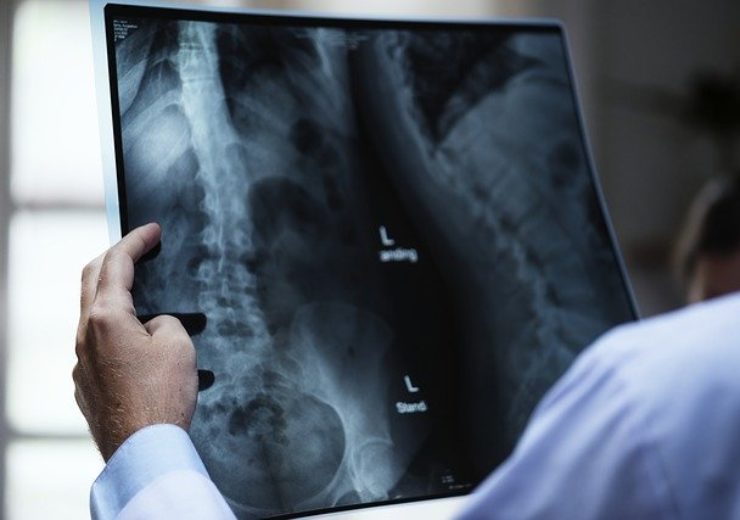The SCOUT trial includes 102 patients who were experiencing painful lumbar degenerative disc disease of at least six months’ duration. Patients are skeletally mature adults with single-level symptomatic lumbar DDD requiring interbody fusion

Image: The SCOUT study was conducted under an FDA-approved IDE protoco. Photo: Courtesy of rawpixel from Pixabay.
Spineology Inc., an innovator in anatomy-conserving spine surgery, is pleased to announce that John Chi, M.D., MPH, Associate Professor of Neurosurgery at Harvard Medical School and the Director of Neurosurgical Spinal Oncology at Brigham and Women’s Hospital in Boston, Massachusetts, presented 24-month outcomes data from Spineology’s SCOUT clinical trial at last week’s Society for Minimally Invasive Spine Surgery (SMISS) Annual Meeting in Las Vegas, Nevada.
The SCOUT study (Spineology Clinical Outcomes Trial), conducted under an FDA-approved IDE protocol, is a prospective, multi-center, non-randomized performance goal investigation designed to evaluate safety and effectiveness outcomes in instrumented lumbar interbody fusion procedures for the treatment of degenerative disc disease (DDD).
The fusion implant used in the SCOUT Study is Spineology’s porous graft containment mesh that deploys within the disc space as it is filled, permitting the packed bone graft to conform to the prepared vertebral body endplates. The system’s design allows for disc space preparation and implant placement through a small cannula.
The SCOUT trial includes 102 patients who were experiencing painful lumbar degenerative disc disease of at least six months’ duration. Patients are skeletally mature adults with single-level symptomatic lumbar DDD requiring interbody fusion. Patients have been enrolled at 10 participating study sites, and study enrollment is complete. Dr. Chi and his co-authors reported on 102 treated subjects, of whom 82 have completed 24-month follow-up to date. Follow-up remains ongoing for the remaining 17 subjects.
Substantial improvements were seen at six, 12 and 24 months in scores for low back pain and functional limitations, as recorded by Visual Analog Scale (VAS) and Oswestry Disability Index (ODI) respectively. Current data available through 24 months yields a fusion rate of 98.0 percent, as read on CT by two independent radiologists. Approximately 90 percent of subjects reported “Excellent” or “Good” patient satisfaction at six, 12 and 24 months. An excellent safety record was reported as there were no unanticipated adverse events and no interbody device-related serious adverse events.
“We have found this innovative minimally invasive graft containment device to be a safe and effective option for lumbar interbody fusion procedures,” said Dr. Chi. “Patient-reported outcomes are very favorable, including improved function, reduced pain and high satisfaction rates. Combined with excellent safety and radiographic fusion, the SCOUT study is demonstrating very favorable results.”
Source: Company Press Release
